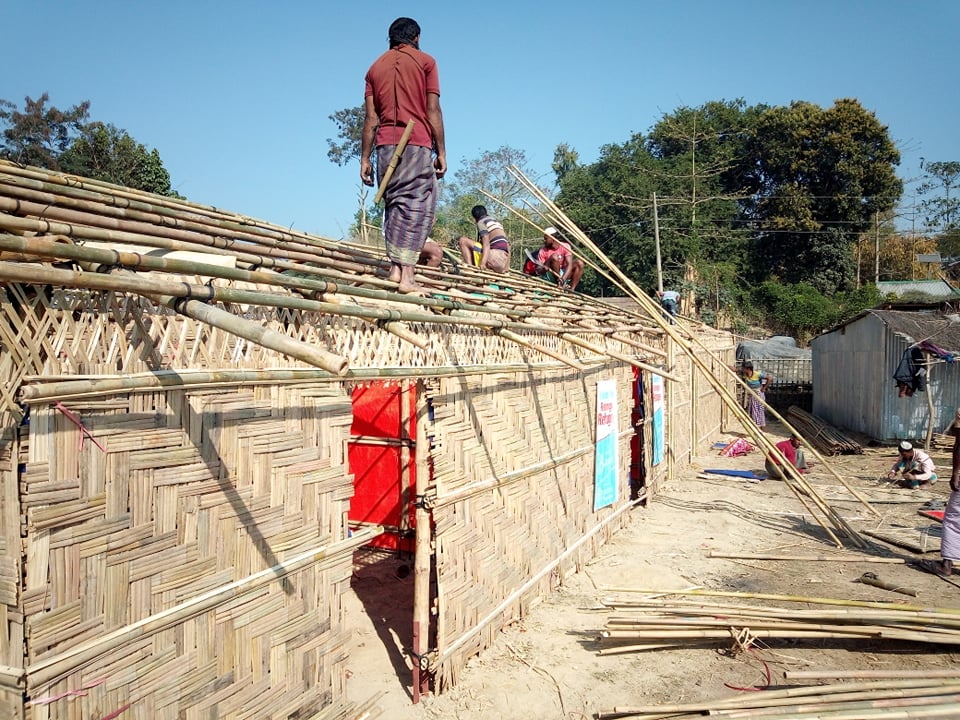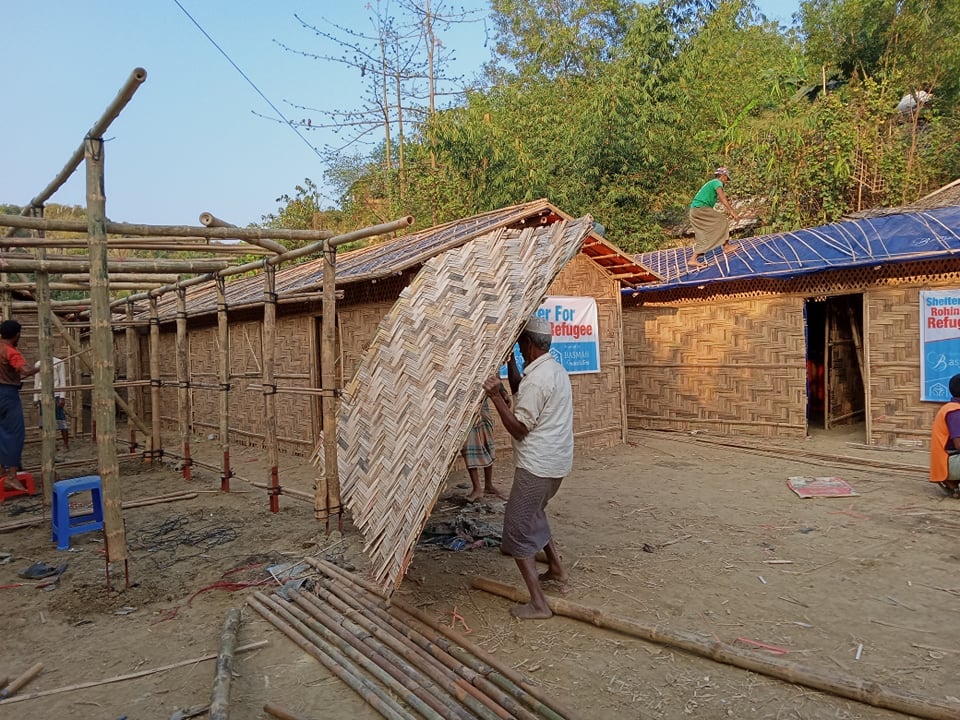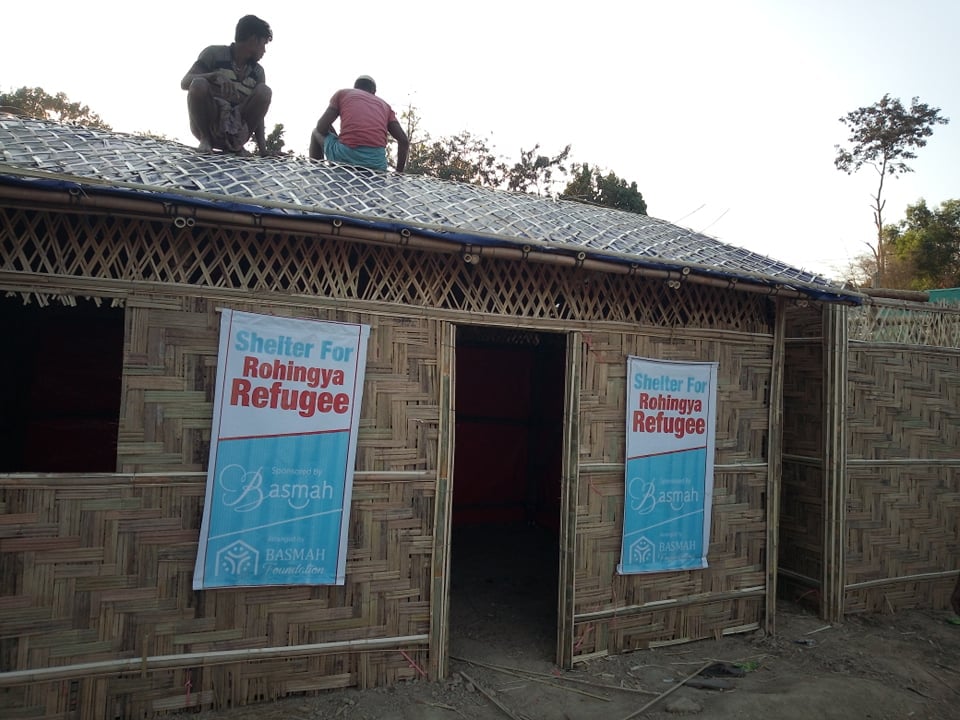The Recent Destruction of Shelters at the Refugee Camp and The Plight of Rohingyas
The Havoc the Flood Caused: The Rohingya refugee camp is devastated by a sudden flash flood triggered by heavy monsoon rain. The displaced Rohingya community is uniquely vulnerable to environmental conditions at the makeshift camps that are densely clustered around the hills and slopes in Cox’s Bazar in Bangladesh. The flash flood swept away about 2,500 shelters and left over 12,000 refugees shelterless. Fraught Conditions of the Camps Where the Rohingya Reside The military crackdown in Myanmar’s Rakhine state in 2017 made more than 700,000 Rohingya Muslims flee into Bangladesh, where they are still stranded in refugee camps. This huge number of stateless Rohingya refugees reside in Ukhiya and Teknaf Upazilas in Cox’s Bazar district. The vast majority live in 34 extremely congested makeshift camps that are made of bamboo and plastics sheets. The overcrowding has already put serious pressure on the environment and surrounding ecosystem in that area with one visible manifestation of clearing of trees and vegetation. The hilly nature of the topography of the area is under serious threat and became vulnerable to natural events like floods and cyclones.
The Plight Increased for the Rohingya Refugees:The Rohingya refugees already remain in a very precarious situation at the camp, mainly depending on aid for food, medical care, access to clean water, sanitation, and other basic services. They remain highly vulnerable to infectious diseases and are more likely to die from diseases if these go out of control. The recent damage by the flood has added to their plights many folds as the shelters are even gone now for thousands of refugees. While many of the refugees became shelterless, the post-flood issues of clean water, sanitation, and urgent medical care pose a huge challenge.
Glimpse of Hope: The aid agencies, NGOs, and the government of Bangladesh responded with emergency assistance, providing food, clean water, and urgent care, and temporary tents as shelters. The reconstruction of durable shelters remains a priority in order for the refugees to return to their usual lives in the shelters from the current tents. The government of Bangladesh is treating this as a priority to rebuild this huge number of shelters in the shortest possible time. Despite some progress, coordinated plans and efforts are needed to ensure immediate shelter, food, and health care for these refugees while putting in measures for risk mitigation from future vulnerabilities. There remains a little prospect for these refugees to return to their homeland- Myanmar’s Rakhine State any time soon. Refugee Camp






